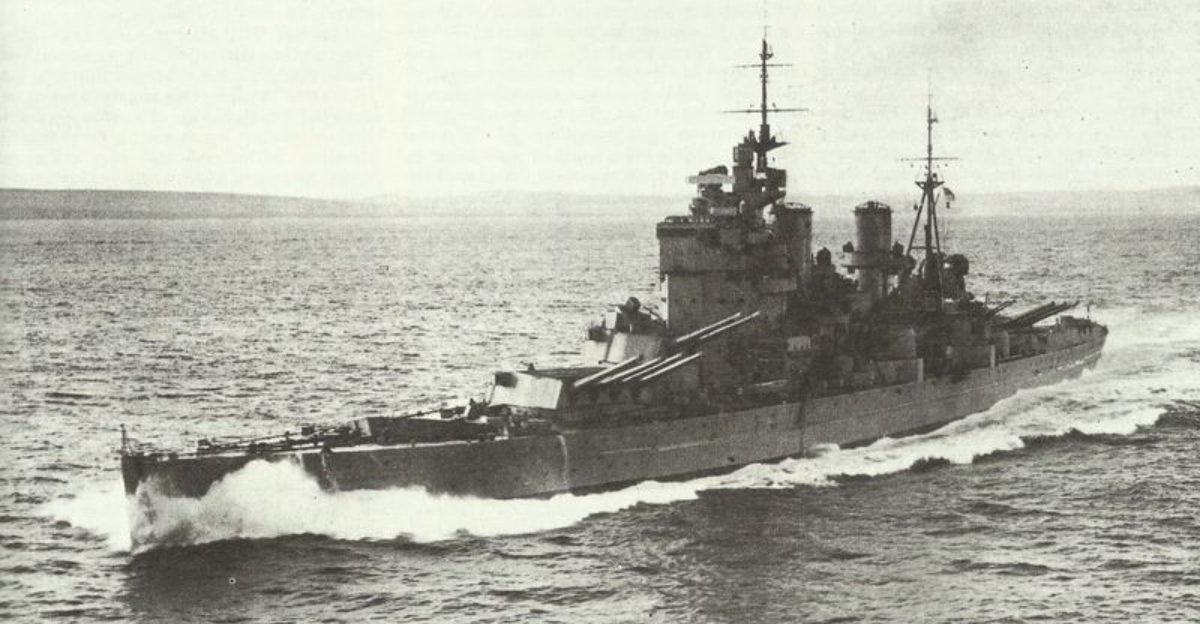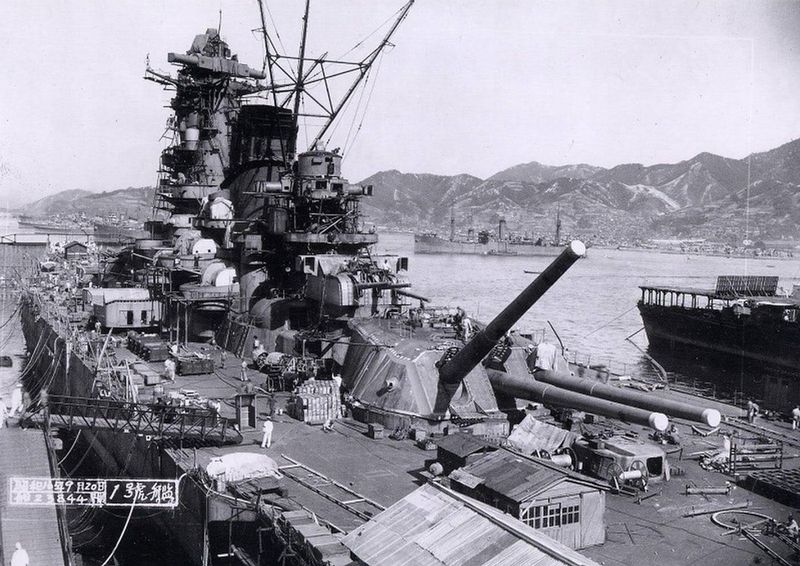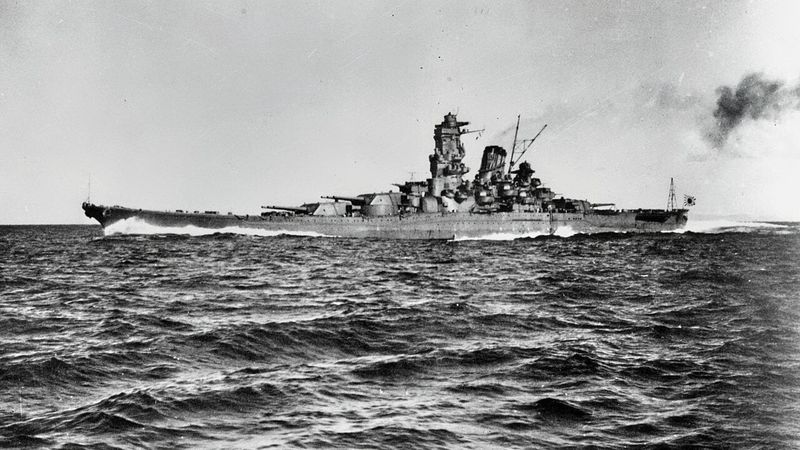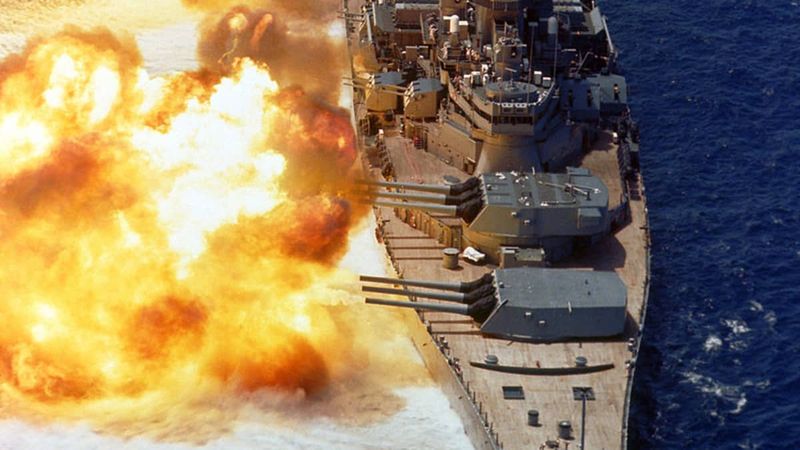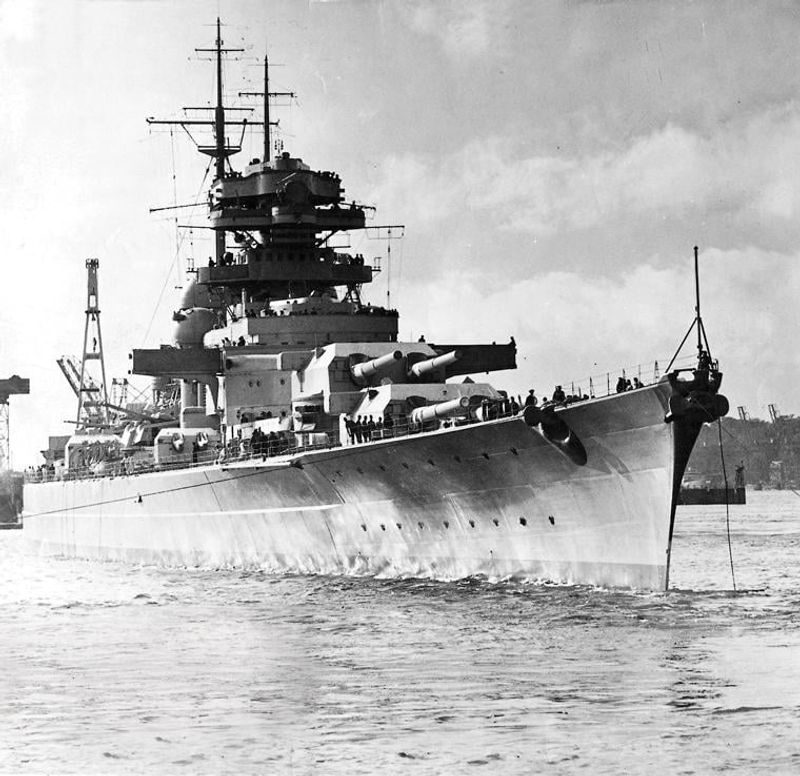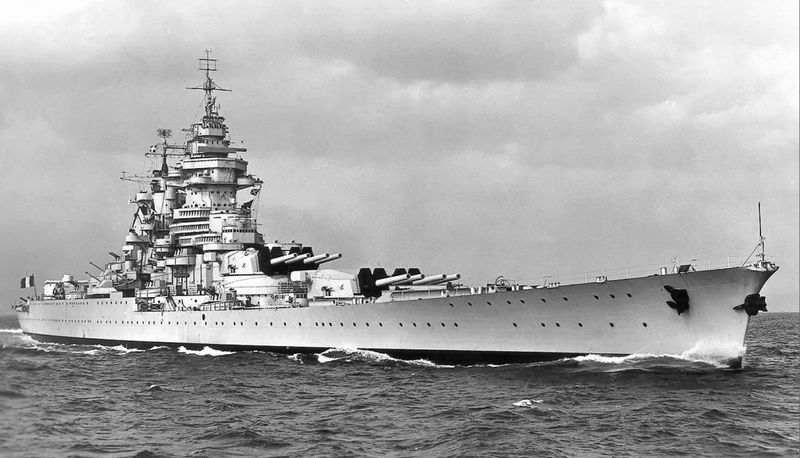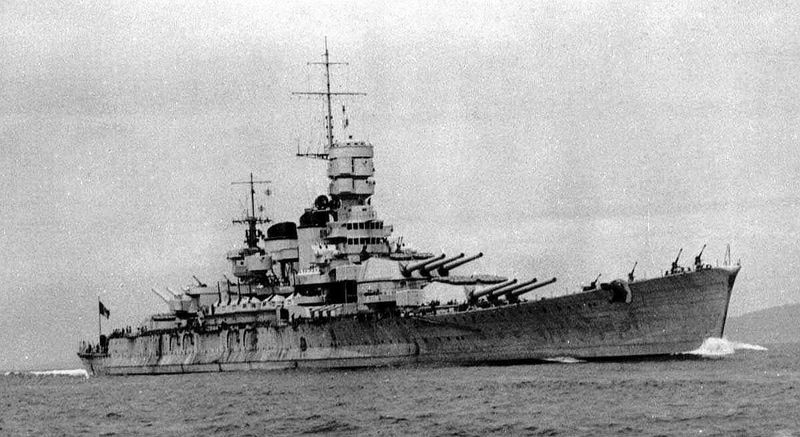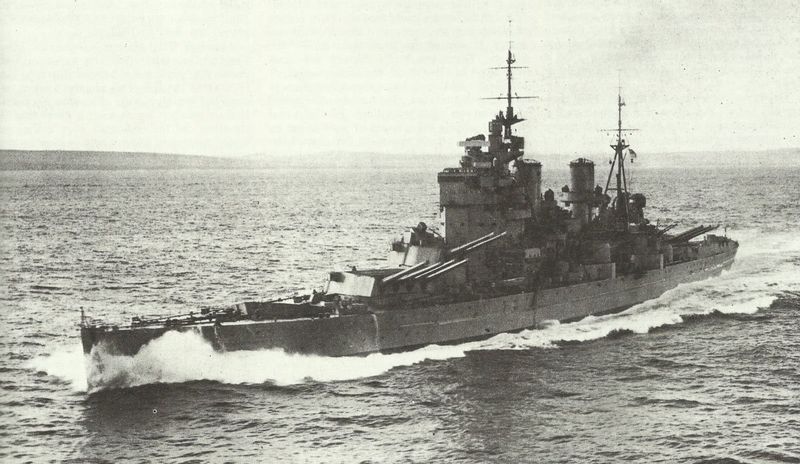The world’s largest battleships were floating fortresses of steel and firepower that changed the course of naval warfare forever.
These massive vessels, some weighing over 70,000 tons, carried guns so powerful they could hurl shells weighing as much as a car over 20 miles.
From the secret Japanese giants to America’s long-serving Iowa class, these steel behemoths sailed into history through epic battles, daring missions, and sometimes, tragic endings.
1. Yamato: Japan’s Secret Superweapon
Shrouded in secrecy during construction, Yamato emerged as a monster of the seas with armor plates so thick workers needed special tools just to cut them. Japanese engineers designed her to outgun any American battleship, installing massive 18.1-inch guns that could fire shells weighing as much as a small car.
The Imperial Navy kept her movements classified, believing she was unsinkable. Reality proved harsher. American reconnaissance discovered her weakness—vulnerability to air attack.
In April 1945, on a suicide mission to Okinawa, over 300 American aircraft swarmed Yamato. After absorbing 11 torpedoes and 6 bombs, the pride of Japan rolled over and exploded spectacularly, taking 3,000 sailors with her.
2. Musashi: Twin Giant That Took 19 Torpedoes
Sister ship to the mighty Yamato, Musashi shared the title of heaviest battleship ever constructed. Her armor was so formidable that initial American torpedo strikes seemed merely to irritate the steel beast. Naval engineers had reinforced her hull with multiple watertight compartments and steel plating over a foot thick.
During the Battle of Leyte Gulf in 1944, American pilots found themselves dumfounded—their weapons seemed ineffective against this floating fortress. The solution? Overwhelming force.
Wave after wave of U.S. aircraft pummeled Musashi for hours. After absorbing an astonishing 19 torpedoes and 17 bombs, the stubborn giant finally succumbed, taking 1,023 sailors down with her.
3. Iowa-Class: America’s Fast Battleship Legends
Sleek and deadly, the Iowa-class battleships combined raw power with surprising speed. Unlike their heavier Japanese counterparts, these vessels could cruise at over 33 knots—fast enough to keep pace with aircraft carriers. Their nine 16-inch guns could hurl 2,700-pound shells with devastating accuracy.
USS Missouri became an icon when Japanese officials signed surrender documents on her deck, ending World War II. The “Mighty Mo” and her sisters proved so versatile they served in three wars—WWII, Korea, and even the 1991 Gulf War.
Most remarkable was their longevity. While other battleships became museum pieces, these warriors remained on active duty into the 1990s, firing Tomahawk missiles at modern targets almost 50 years after their launch.
4. Bismarck: Germany’s Terrifying Hunter
When Bismarck broke into the Atlantic in May 1941, she triggered the largest Royal Navy pursuit in history. Her reputation was well-earned—in her first battle, she fired just five salvos to sink the HMS Hood, pride of Britain, killing 1,415 sailors in minutes.
Prime Minister Winston Churchill personally issued the order: “Sink the Bismarck!” For days, the German titan outmaneuvered her pursuers through stormy seas. Royal Navy pilots finally scored a lucky torpedo hit on her rudder, leaving her unable to steer.
Surrounded by vengeful British warships, Bismarck fought until the end. After absorbing over 400 shell hits, she finally sank—though debate continues whether she was actually sunk by the British or scuttled by her own crew.
5. HMS Vanguard: The Last Battleship Ever Built
Launched too late for the war she was built to fight, HMS Vanguard represents the final evolution of the battleship era. British engineers incorporated every lesson learned from naval warfare, creating a vessel both beautiful and lethal.
Ironically, her main guns were recycled from WWI battleships, though mounted in ultra-modern turrets with advanced fire control systems. King George VI himself was impressed enough to use Vanguard for a royal tour of South Africa in 1947.
Despite her technical excellence, Vanguard arrived when aircraft carriers had already made battleships obsolete. She never fired her massive guns in anger before being scrapped in 1960—a magnificent warrior born after her time had passed.
6. Richelieu: France’s Forward-Thinking Fortress
Revolutionary in design, Richelieu featured all eight main guns mounted forward of the superstructure—creating a silhouette unlike any other battleship. French naval architects chose this unusual arrangement to maximize armor protection while maintaining devastating firepower.
Her dramatic wartime journey included escaping to Dakar as France fell to Nazi Germany. In a strange twist of fate, she was attacked by British forces hoping to prevent her capture by the Germans.
After surviving this friendly fire incident, Richelieu eventually joined the Allied fleet following France’s liberation. With her sleek profile and 15-inch guns, she remained in service until 1968—outlasting most of her WWII contemporaries and proving the excellence of French naval engineering.
7. Littorio-Class: Italy’s Elegant Leviathans
Combining Mediterranean style with deadly efficiency, Italy’s Littorio-class battleships featured distinctive prow designs that sliced through water with remarkable grace. Their unique underwater protection system used multiple layers to absorb torpedo impacts—a system other navies later copied.
The flagship Roma met a revolutionary end that changed naval warfare forever. While sailing to surrender to Allied forces in 1943, she was struck by a Fritz X—the world’s first guided bomb, dropped by a German aircraft.
The precision weapon penetrated deep into Roma’s vitals before exploding, breaking the massive ship in half. Her destruction marked a turning point in naval history—proving that aircraft with precision weapons could defeat even the mightiest surface ships.
8. King George V-Class: Britain’s Radar-Equipped Warriors
Sporting an unusual arrangement of ten 14-inch guns instead of the standard nine larger ones, these British battleships prioritized rate of fire over shell size. Their quadruple turrets were engineering marvels, allowing devastating broadsides despite their smaller caliber.
HMS Duke of York proved their effectiveness by crippling the German battleship Scharnhorst in the icy darkness of the Arctic. The secret weapon? Advanced radar that allowed precise targeting even in pitch-black conditions and stormy seas.
HMS Prince of Wales carried Prime Minister Churchill to meet President Roosevelt in 1941, where they signed the Atlantic Charter. Tragically, she later demonstrated battleships’ vulnerability to air attack when Japanese bombers sank her off Malaysia—a sobering lesson that even these mighty vessels had fatal weaknesses.
